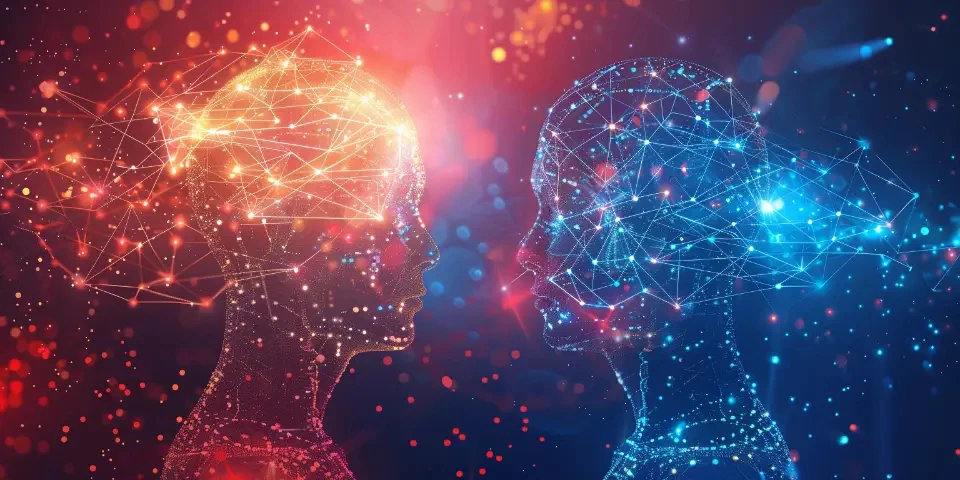In recent years, the process of creating yearbooks has undergone a significant transformation. With advancements in artificial intelligence (AI) technology, the traditional manual approach has been replaced by automated systems that make the process more efficient and dynamic. From design to content generation, AI is revolutionizing yearbook creation. In this article, we will explore the various ways in which AI is changing the landscape of yearbook making.
1. Intelligent Content Generation
One of the most significant advantages of AI in yearbook making is its ability to automate content generation. Through natural language processing (NLP), AI algorithms can analyze a vast amount of data, including school events, student achievements, and memorable moments, to create personalized and engaging content. This eliminates the tedious task of manually collecting and inputting the information, saving time and effort for both yearbook committees and students.

AI-powered content generation also offers the potential for personalized stories. By utilizing machine learning algorithms, the system can identify and highlight individual experiences, ensuring that each student's journey is adequately represented in the yearbook.
2. Enhanced Design Capabilities
Aesthetic appeal plays a crucial role in the success of a yearbook. With AI, yearbook design has become more sophisticated and customizable. AI-based design tools can automatically analyze the content and suggest complementary layouts, fonts, and color schemes. This not only saves designers countless hours but also ensures a visually cohesive result.
Furthermore, AI design systems can integrate student input through questionnaires or social media feeds and use that data to create unique designs that reflect the preferences and personalities of the student body. This level of personalization enhances the overall quality and relatability of the yearbook.
3. Photo Optimization
AI enables automatic photo optimization, significantly improving the visual quality of the yearbook. Through image recognition algorithms, the software can adjust lighting, remove red-eye, and enhance overall image quality. This results in a more professional-looking and visually appealing yearbook.
Additionally, AI can sort and categorize large volumes of photos based on facial recognition, making it easier for yearbook creators to find specific images. This eliminates the time-consuming task of manually organizing and labeling photos and ensures that all students are equally represented.
4. Multilingual Support
In schools with diverse student populations, AI-powered yearbook creation tools offer multilingual support. The software can automatically translate content into different languages, ensuring that all students can fully understand and appreciate the yearbook's content. This inclusivity enhances the overall experience for students who speak languages other than the primary language of instruction.
5. Collaboration and Feedback
AI-powered yearbook platforms enable seamless collaboration among yearbook committee members. With cloud-based storage and editing capabilities, team members can easily access and contribute to the yearbook from different locations. Real-time feedback mechanisms allow for instant communication and quick revisions, ensuring a smooth and efficient workflow.
Moreover, AI algorithms can analyze feedback and user preferences, providing actionable insights to improve the yearbook's overall quality. This data-driven approach enables yearbook committees to make informed decisions and create a product that resonates with the student body.
6. Interactive Digital Yearbooks
AI technology has paved the way for interactive digital yearbooks. Instead of the traditional printed format, yearbooks can be created in a dynamic digital format that includes videos, multimedia content, and interactive elements. This breathes new life into the yearbook experience, making it more engaging and memorable for students.
Furthermore, AI algorithms can analyze user behavior and preferences to provide personalized recommendations within the digital yearbook. This allows students to easily navigate through the content that is most relevant to them, enhancing their overall user experience.
7. Cost and Environmental Benefits
The transition to AI-powered yearbook creation not only offers numerous features and improvements but also has cost and environmental benefits. By eliminating the need for manual data entry, resource-intensive proofreading, and printing multiple copies, schools can significantly reduce the overall production costs. Additionally, the shift towards digital yearbooks reduces paper waste, contributing to a more sustainable future.
Frequently Asked Questions:
Q1: How does AI ensure accuracy in content generation?
AI algorithms use natural language processing to analyze data and generate content. While there may be some margin for error, these algorithms continuously improve through machine learning and user feedback, resulting in higher accuracy over time.
Q2: Can AI-generated yearbooks replace human creativity?
No, AI is meant to assist and enhance the creation process, not replace human creativity. Human designers and committee members still play a crucial role in overseeing and finalizing the yearbook's content and design.
Welcome to Wemate AI! Bring your wildest ideas about time travel, lunch combos, and whether cereal qualifies as a soup. Let’s ponder the unponderable!






